Features and technology of transplanting cherries to a new place
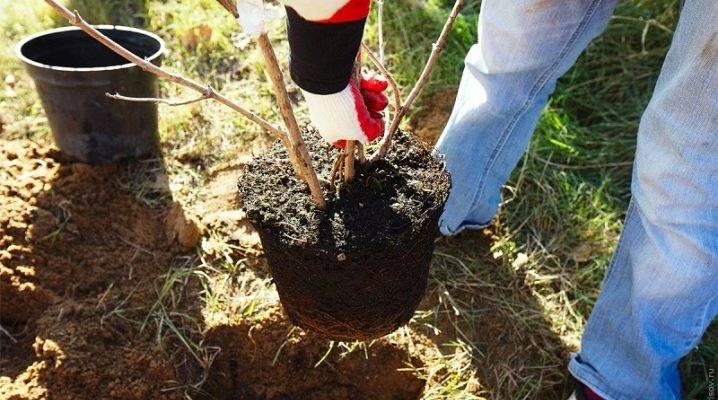
Cherry is an easy plant to grow, but, like all tree crops, it does not like moving to a new place. Knowledge of the features and technology of cherry transplanting will minimize damage.
The need for a procedure
Cherry repotting is not required if the plant was originally planted correctly. Shrub cherries grow beautifully in one place for 15-20 years, trees - 20 years. But sometimes a transfer to a new place is necessary for external reasons.
- Unsuitable soil or soil depletion, cherries do not bear fruit.
- Buildings or trees are placed too close to interfere with tree nutrition.
- Redevelopment of the site.
It is undesirable to move a plant over 5 years old to another place without good reason. Especially when it comes to an adult felt cherry. This culture bears fruit early and ages quickly. She simply will not have time to restore the previous level of fruiting after transplantation.
In many cases, it is easier and more profitable to grow new cherries from green cuttings taken from an old bush.
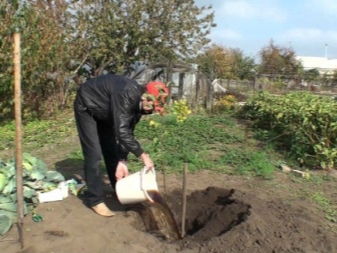
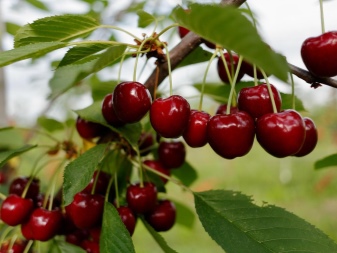
Timing
Tree crops are transplanted in spring or autumn, each method has its own advantages and disadvantages. The best time of the year is late autumn. They choose a period when the trees have dropped their leaves, but there is still time before frost. The cherries have accumulated strength during the growing season and are beginning to prepare for winter. They have plenty of time to root, without the need to direct energy towards foliage growth and flowering. In most regions of the Russian Federation, the autumn transplantation of fruit bushes is 2-3 decades of September to 2-3 decades of October.
An ideal day for transplanting cherries: steady air temperature - plus 10-15 ° С, no night frosts, no rain or wind, cloudy or clear weather, but no scorching sun. In the spring, shrubs are transplanted before the start of sap flow, at the end of March, in April, but you need to choose the right period. The soil should already be warm enough to dig out the seedling, and the buds should not be swollen. You can transplant in May, at the very beginning, if the spring is very late, this happens in Siberia, the Urals and the Far East. In the Moscow region, where cherries bloom in the second decade of May, this month is categorically not suitable.
Cons of a spring transplant:
- the tree has little time to adapt the roots in the soil, having barely rooted, it is forced to feed the blossoming foliage;
- increased likelihood of disease and pest damage.
On average, it is better to replant in the fall, because cherries are an early crop, they start growing immediately after the snow melts, and it is not easy to choose the moment for spring digging.
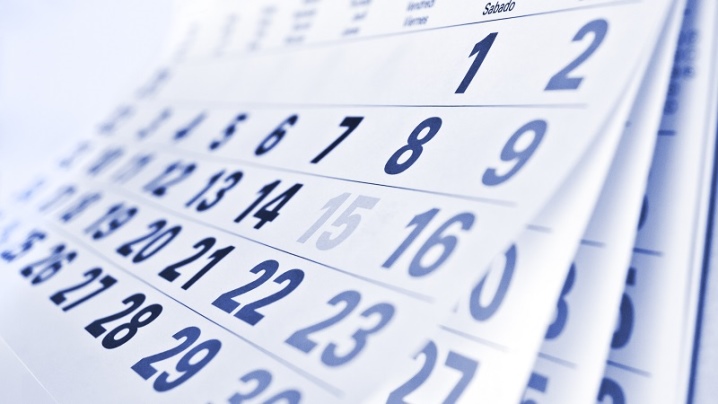
Preparation
Preparatory activities are:
- choice of location;
- soil cultivation;
- digging a planting pit;
- wood processing.
Even in the case of a spring transplant, it is better to prepare the pit in the fall. For the autumn transplant, the pits must be prepared in advance, 3-4 weeks in advance. The plot is selected light, preferably on a hill. Cherries do not like stagnant moisture; they often get sick in low-lying areas. They dig up the soil. If it is necessary to increase the overall fertility of the site, the soil needs to be fed - add 1 bucket of compost per 1 sq. m. The soil should have neutral acidity, pH - 6-7. The soil is diagnosed using a litmus test or weeds. On strongly acidic ones, green moss grows, on moderately acidic ones - plantain, mint, creeping buttercup, horse sorrel, on slightly acidic ones - chamomile, dandelion, clover, wheatgrass, ferns.If the site is overgrown with swans, nettles or woodlice, then the land under the cherries is almost perfect, you can add quite a bit of ash.
Too acidic soils need to be deoxidized.
- With ground chalk. You will need 250, 400 or 700 g of chalk per 1 sq. m (for slightly acidic, medium acidic and strongly acidic soils).
- Ash... It additionally protects against pests and contains a lot of useful calcium. It is necessary to take high-quality ash obtained from the burning of useful waste. The best ash is from burnt straw of healthy rye or wheat crops, from birch forests. For 1 sq. m - 1-1.5 kg of ash.
- Dolomite flour. Also protects against pests. Contribute from 0.3 to 0.5 kg per 1 sq. m, depending on the degree of acidification of the site.
- Slaked lime... You cannot use quicklime! To extinguish, lime is poured with cold water. For 1 sq. m of slightly acidic soil, 200 g of such lime is introduced, medium acid - 300 g, strongly acidic - 500 g.
The planting hole should be 30-40 cm larger than the dug out lump of earth. Usually the size of the pit is depth from 50 cm and width from 80 cm. Pour half a bucket of compost to the bottom of the pit, add a spoonful of ash, mineral fertilizers (phosphorus, potassium), mix with a rake, sprinkle with a layer of ordinary earth 5-10 cm.
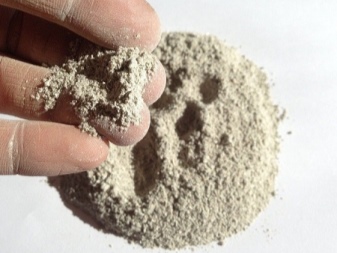
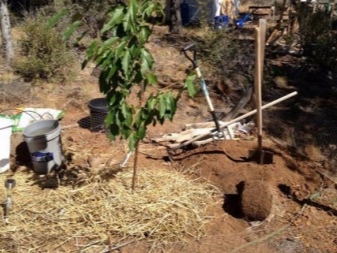
How to transplant cherries correctly?
You can transplant with a lump of earth and with bare roots. The first method is preferable, but if you plan to divide the bush or you need to examine the roots for diseases, choose the second. Universal transplant instructions will help you do everything right.
- The plant is dug in, focusing on the crown. The clod of earth should be the same in diameter.
- Root system if necessary inspect, shaking off the ground.
- If the roots are dry, the seedling is soaked in a bucket of solution for 3 hours. "Epina" or "Zircon".
- The seedling, together with the lump, is wrapped in a damp cloth, put on cellophane, fix the wrapper near the trunk.
- The "packed" seedling is transferred to the planting pit, in the center of which is a small mound of earth. The plant is oriented to the cardinal points as it was before. The southern branches should still face south.
- Place the seedling in the hole so so that the root collar is 3 cm below ground level.
- Untie and pull out a rag with cellophane from under the seedling.
- Spread the roots, begin to sprinkle with earth, after each layer crushing the earth around.
- Around the seedling at a distance of 25-30 cm from the stem digging a groove for irrigation or form a watering circle, making the sides 10 cm high.
- Watered... 1 plant needs 25-30 liters of water.
- Barrel circle covered with sawdust, pine needles, straw, fallen leaves (only clean, no pests). Layer height - 2-3 cm.
When digging out a coma, the walls should be vertical. A huge square of soil is difficult to extract from the ground, so 1 wall is sometimes made inclined. A support-base for the lever is placed underneath. For large-sized people, it is better to immediately spread the cellophane on a low cart or dragging sheet.
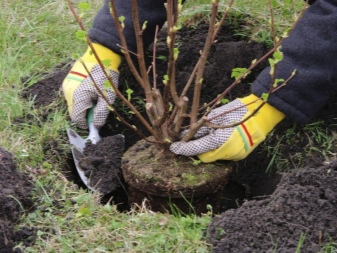

Given the type
Felt cherries are transplanted like any other. You do not need to touch only mature plants, it will take 1-2 years to recover after transplantation, and this species bears fruit for no more than 10 years. It is better to prepare a bush with shoots in advance. The growth feeds from the mother bush, its own root system is rather weak.
To strengthen it, the "arteries" connecting young plants with the main tree are dissected with a shovel in spring - young cherries are dug in a circle. By autumn, new plants will have well-developed roots of their own, they are planted in new places.
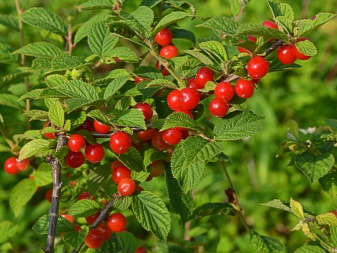
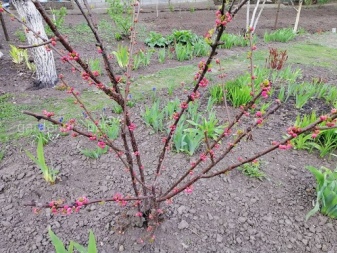
Taking into account the age
An adult cherry, over 5-6 years old, is transplanted with a lump 150 cm wide, the height of the lump is not less than 70 cm. A young 3-year-old cherry will require a lump of about 50-70 cm. When transplanting, the soil around young plants with bare roots is pressed more carefully. Around adults, the soil is tamped very tightly.
Felt cherry seedlings are transplanted only if the plant has not reached 4-5 years. In other cases, the procedure is meaningless.The older the tree, the more traumatic the procedure. It is advisable to dig up as large a clod of earth as possible with the roots. Better not to do it alone.

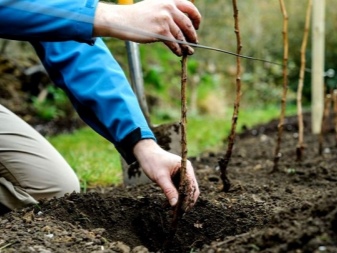
Follow-up care
After transplanting, pruning is mandatory. It is necessary to balance the root system and the ground part. Skeletal branches are cut by a third, or 1-2 large branches are removed. The tree is regularly inspected, small unnecessary or dried branches are removed. Slices larger than 1 cm are sealed with garden pitch. Buds on ordinary branches are allowed to expand the crown, that is, they must be cut so that the last bud looks outward before cutting. In the spring, it makes sense to postpone pruning, because until it swells, it is not visible which buds will be dead and which will be alive. The guide is left slightly longer than the skeletal branches, unless there are no living buds below. Branches less than 30 cm are not shortened.
Felt cherries are pruned more intensively... If this is a young plant, the lateral branches are regularly thinned out. If the tree was transplanted in the fall, it is fed 2 times with a weak solution of liquid bird droppings. Spring feeding is performed according to plan, as for other trees, but more closely monitor watering. Freshly transplanted trees are more sensitive and react negatively to drying out of the soil. If it is spring without rain, water it at least once every 1.5 weeks.
This culture prefers abundant watering, but more rare. Frequent and insufficient watering contributes to the stagnation of moisture in the upper layers of the soil, and the lower layers do not receive nutrition.
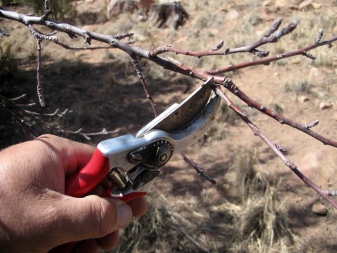
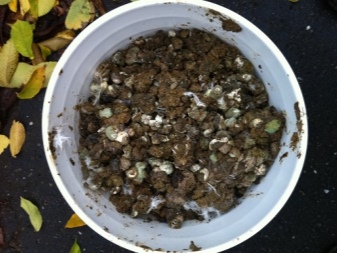
Helpful hints
Some plants will need support after transplanting. It is dropped next to it when transplanting. To help the plant adapt better, carefully monitor the undergrowth, which takes away the strength of the main tree. Any damage to the roots or stem can be the reason for the appearance of overgrowth. All wounds should be covered with garden varnish in a timely manner. It is extremely undesirable to loosen the soil under the cherry, you can touch small roots, provoking the appearance of overgrowth. Therefore, for the sake of maintaining moisture, it is better to mulch the soil. Mulch has another function: it evens out the temperature in the near-ground part of the stem, which protects the bark from cracking.
It is important to protect the plant from heat, freezing, getting wet... All this can lead to cracks in the bark, and, therefore, to the appearance of overgrowth. To protect the bark from changes in temperature and humidity, it is wrapped with a covering material, the soil surface is mulched with straw. 2-3 years after transplanting, if everything was done correctly, the plant will begin to bear fruit again.
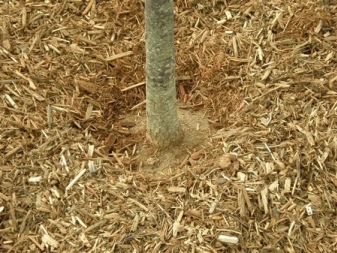
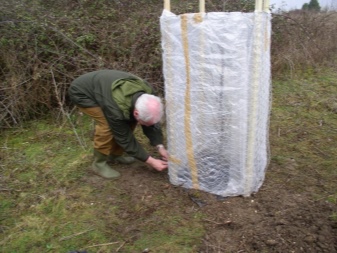








The comment was sent successfully.